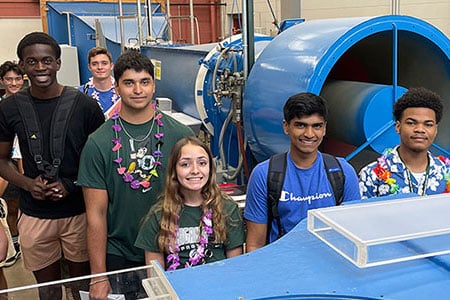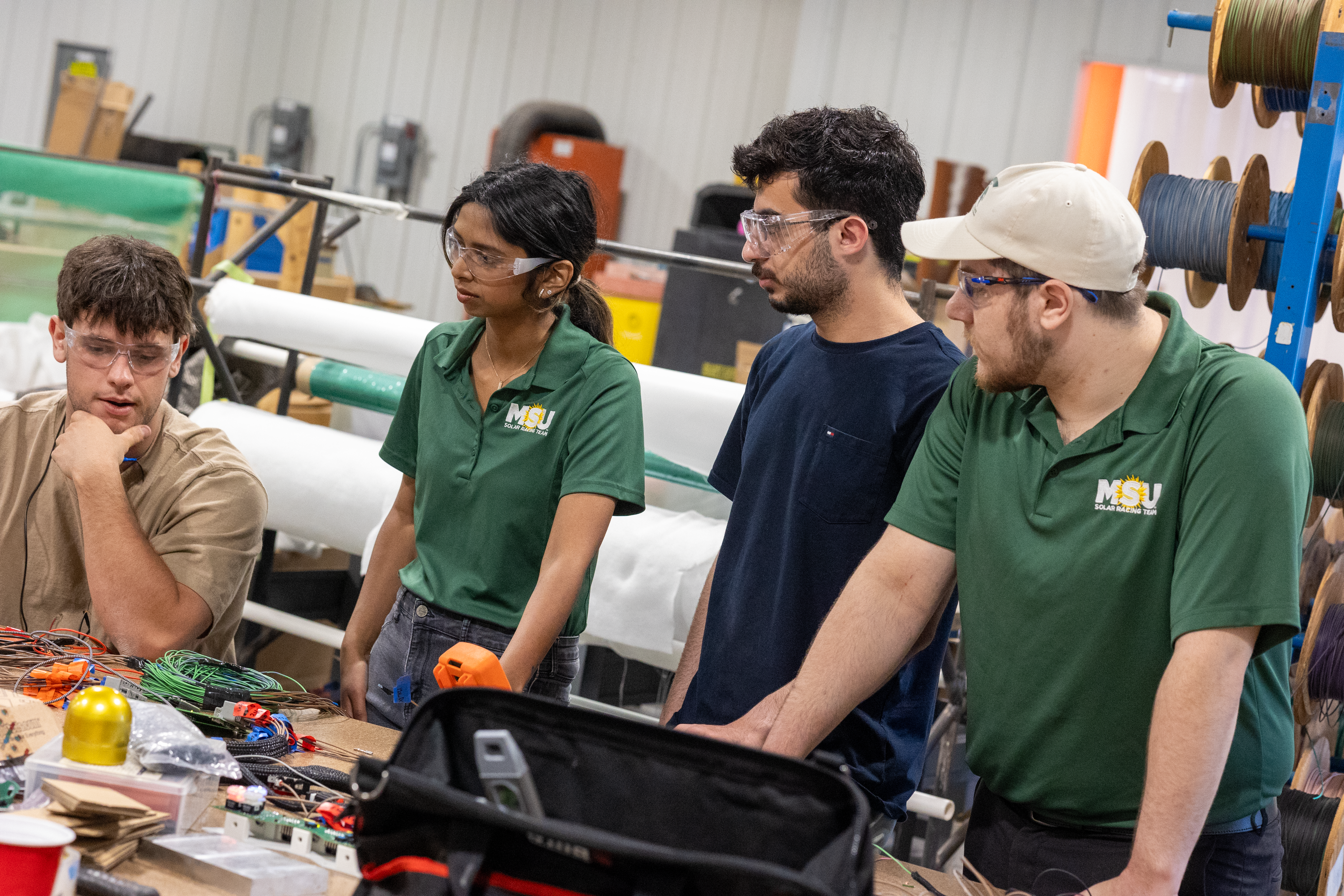
Firas Khasawneh
Assistant Professor
Department of Computational Mathematics, Science and Engineering, College of Engineering
Engineering Bldg, 428 S Shaw Ln Room 2503
Biography
Dr. Khasawneh’s research program focuses on complex dynamical systems with applications in science and engineering. The systems he’s interested in are both numerical and experimental, and they often include nonlinearities, delays, and stochastic effects. Examples of his current research activities include leveraging Topological Data Analysis (TDA) and machine learning for signal processing and advanced manufacturing including chatter diagnosis from machining vibration signals, and quantifying su
Read moreEducation
Ph.D., Mechanical Engineering and Materials Science, Duke University, 2010
M.S., Mechanical and Aerospace Engineering, University of Missouri-Columbia, 2006
B.S., Mechanical Engineering, Jordan University of Science and Technology 2004
Publications
Max Chumley, Melih Yesilli, Jisheng Chen, Firas Khasawneh, Yang Guo, “Pattern characterization using topological data analysis: Application to piezo vibration striking treatment,” Precision Engineering, (83), pp. 42-57, (May 2023). [Editor’s Choice]. DOI: 10.1016/j.precisioneng.2023.05.005
Audun Myers, David Munoz, Firas A. Khasawneh, Elizabeth Munch; Temporal network analysis using zigzag persistence, EPJ Data Science, 12 (6), pp. 132446, (March 2023). DOI: 10.1140/epjds/s13688-023-00379-5
Audun Myers, and Firas A. Khasawneh; On the automatic parameter selection for permutation entropy. Chaos; 30 (3): 033130. (March 2020). [Editor’s Choice]. DOI: 10.1063/1.5111719
...
Read more




